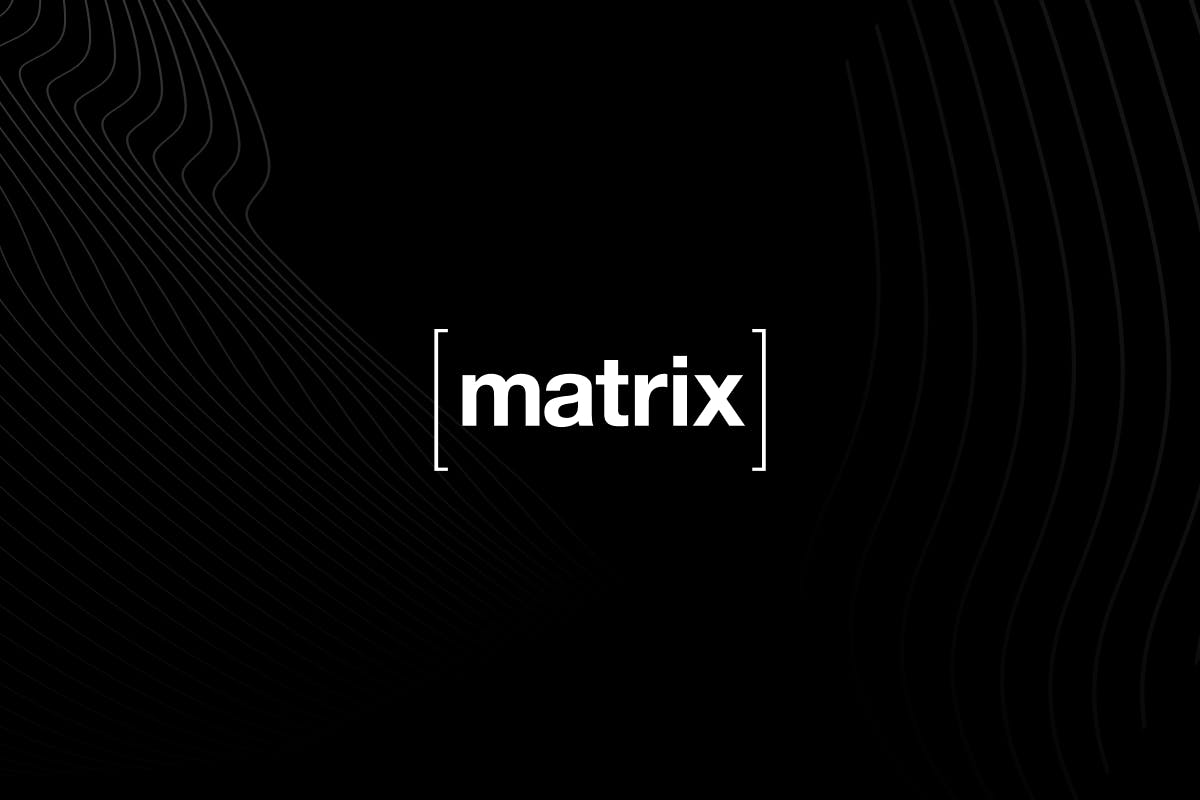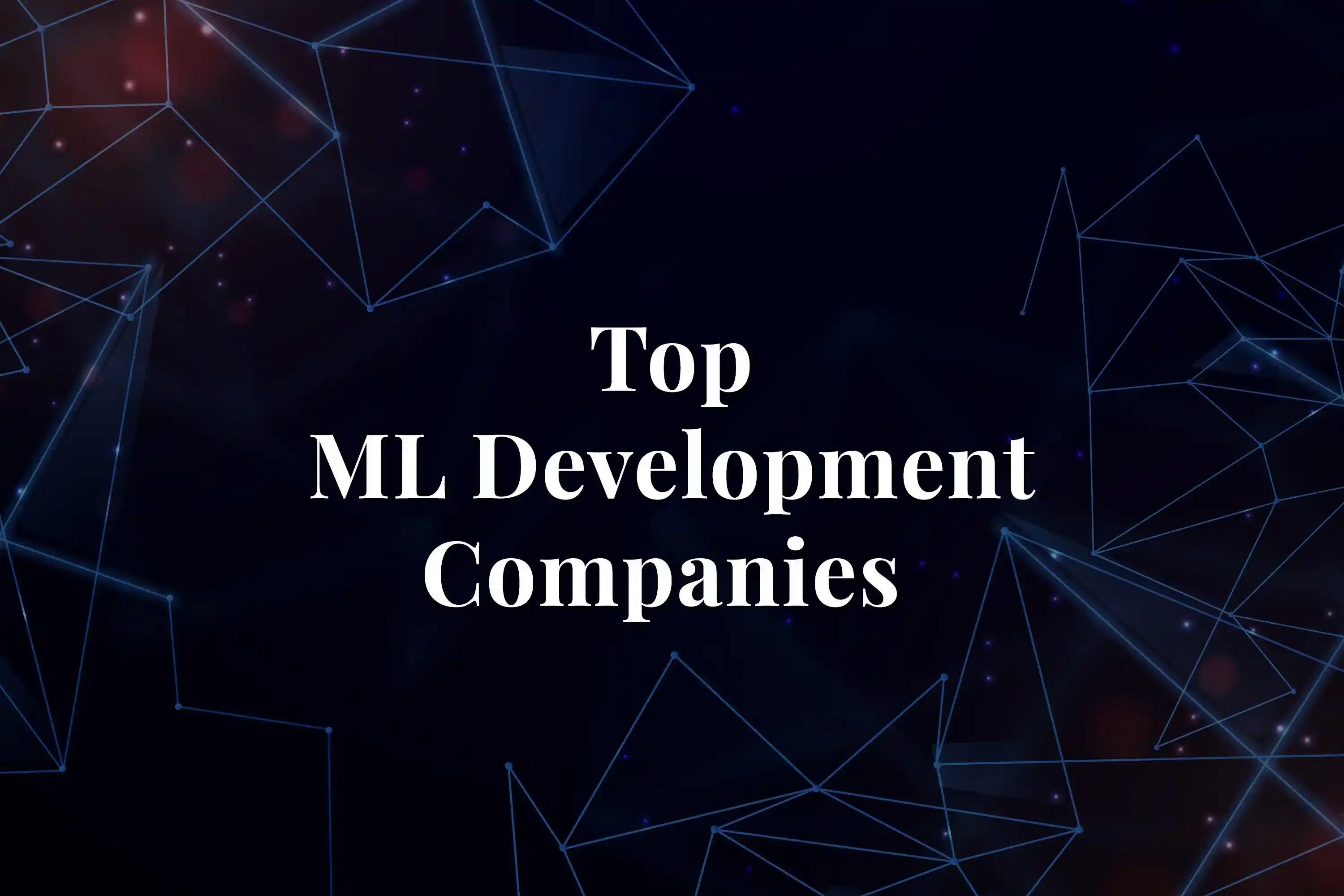Significance of Text Analysis
Unstructured text can contain valuable information, which can be extracted through text analysis, also known as natural language processing (NLP). With diverse applications such as sentiment analysis for public opinion, summarization for quick understanding, and entity recognition for key element identification, text analysis is essential for informed decisions. It enables individuals, businesses, and researchers to derive significant insights.
The latent for unstructured data is immense: news articles, social media posts, academic papers, customer feedback - the opportunities are limitless. Text analysis transforms this treasure trove of information into practical knowledge. Businesses use it for studying market trends, competitor awareness, and customer reviews. Meanwhile, in academic circles, it expedites literature reviews and furthers understanding. Such applications are as varied as the data they operate on.
Key Technologies: LSTMs, RNNs, and Transformers
Three technologies that offer distinct linguistic processing solutions are Long Short-Term Memory networks, Recurrent Neural Networks, and Transformers. These three key advancements in text analytics have one common goal: progressing text analysis capabilities.
- LSTMs (Long Short-Term Memory Networks)
Recurrent neural networks known as LSTMs were designed to solve the vanishing gradient problem, an issue that hindered the capture of sequential data's long-range dependencies. LSTMs excel at context preservation, resulting in their widespread use in sentiment analysis, machine translation, and language modelling. - RNNs (Recurrent Neural Networks)
RNNs boast excellence in sequential data processing by retaining a concealed state that memorises previous steps. Despite being currently overlooked, RNNs are valuable, particularly in problems necessitating consecutive analysis, like forecasting periodic data and detecting handwriting. - Transformers
Introduced in the paper "Attention is All You Need" by Vaswani et al., transformers have completely transformed NLP. Exploiting advanced mechanisms to process input data in parallel, transformers excel at tasks involving long-range dependencies, making them extremely efficient. The impact of transformers has been a real game-changer, marking a paradigm shift that has resulted in the creation of revolutionary ML models like BERT, and GPT. These models have raised the bar for all kinds of NLP tasks, setting new benchmarks that have never been achieved before.
Understanding of Text Analysis
Text analysis, a mighty tool utilised across various global industries, plays a vital role in unveiling the secrets concealed within words. Stories derive from individual words, and essential meanings stem from phrases. Therefore, to fully comprehend text analysis, we must first understand its significance.
What is Text Analysis?
Meaningful information is extracted from human language using computational techniques in text analysis or natural language processing (NLP). When it comes to tasks of content creation, options are many. From straightforward text classification to the delicate art of sentiment analysis, the opportunities seem countless. But hold on tight, because the real adventure begins with the more intricate pursuits: entity recognition, summarization, and language translation.
In this fascinating world where artificial intelligence and text intertwine, text analysis emerges as the ultimate bridge connecting machines and human communication. The convergence of AI and language exposes potentials beyond our conceptions and imagination.
Importance of Text Analysis
In today's fast-paced world, where information overload is the name of the game, businesses, decision-makers, and researchers find solace in the proficiency of text analysis. This formidable tool enables them to get the best out of the heaps of unstructured textual data. By carefully dissecting and organising this tangled web of information, valuable insights emerge, ready to shape the path forward.
When it comes to data analysis, professionals have used the capability of text analysis—a noteworthy tool that swiftly and precisely extracts vital information.
Real-world Applications in Various Industries
Across various industries and sectors, the adaptability and usefulness of text analysis can be felt.
- Healthcare
Text analysis plays a vital role in healthcare by extracting crucial information from patient records to improve clinical documentation, diagnosis, and treatment planning. It also serves as an essential public health monitoring tool by analysing disease trends and outbreaks through social media analysis. - Financial Institutions
Financial institutions use text analysis as a powerful tool to evaluate market sentiment across financial reports, news articles, and social media. The gathered data provides actionable insights to make informed investment decisions and manage risks more effectively. - Legal Services
In recent years, legal and compliance functions have grown more vital for law firms. Advanced text analysis now assists firms in accurately and efficiently navigating intricate legal settings. Monitoring further aids due diligence for clients and contract review, which are essential for staying compliant amid multiplying regulations.
Sequential Understanding of Long Short-Term Memory (LSTMs)
In the world of neural networks, Long Short-Term Memory networks, or LSTMs, stood as a cornerstone for processing sequential data, clarifying the intricate dependencies embedded in linguistic structures.
What are LSTMs?
A long short-term memory (LSTM) network is a type of artificial neural network designed to understand and process sequences of data. Imagine teaching a computer to predict the next word in a sentence or understand the emotion in a paragraph. LSTMs are particularly useful in these scenarios because of their exceptional ability to remember and use information through a series of steps, overcoming the limitations of traditional neural networks.
Examples of How LSTMs Are Used in Text Analysis
- LSTM in Sentiment Analysis
Capturing contextual nuances and dependencies in language, LSTMs excel in discerning sentiments, making them a notable application in sentiment analysis. Depending on the situation, this enables companies to get feedback from customers about many things relying on sentiment analysis done by the network through processing textual information. - LSTM in Language Translation
In language translation formulas, LSTMs are key figures due to their capacity to comprehend and retain sentence context. This leads to more consistent and accurate translations with consideration of the larger meaning, such as within Google Translate. - LSTM in Named Entity Recognition (NER)
Providing sequential comprehension to named entity recognition, LSTM is the desirable method to distinguish and group entities like people's names, organisations, or places in unstructured text. This technique facilitates the efficient extraction and classification of these entities.
Advantages of LSTMs
LSTMs have a knack for comprehending and memorising sequences of information, which makes them great for text analysis in several fields. Therefore, they are useful in important dependency tasks such as sentiment analysis as well as language translation since LSTMs have good context preservation across long sequences. Handling different aspects of language, LSTMs exhibit their versatility in adapting to a wide range of NLP tasks.
Limitations of LSTMs
LSTMs can be challenging to train due to their computational complexity, particularly for larger datasets and limited resources. This can result in significant time constraints, making it difficult to complete training in a timely manner.
The training times for LSTMs are long due to their deep architecture, especially when compared to more straightforward models. During training, the scalability of LSTMs may be hindered due to their limited parallelization capabilities caused by their sequential nature.
Recurrent Neural Networks (RNNs)
RNNs play a key role in understanding sequential data like text. Their architecture allows them to remember previous information as they read through sequences. This helps RNNs identify patterns over time better than other neural networks. RNNs look at pieces of a sequence one at a time. Each time they see a new piece, they update their internal representation of what they've seen so far. They use this to predict what comes next.
RNNs represent a variety of neural networks created for tasks involving data with order and context significance. What distinguishes RNNs is their skill to maintain an unseen state, serving as recollection carrying details between periods. This intrinsic memory process empowers RNNs to notice temporal connections, making them apt for tasks such as language modelling, speech interpretation, and certainly, text evaluation.
Examples of How RNNs Are Used in Text Analysis
One important use of RNNs is in text generation. The context provided by previous words is used by the network to forecast the following word in a sequence.
Language modelling is an area where recurrent neural networks shine as they can predict the probability of occurrence of a word given its previous context. The use of RNN-based language models is crucial in machine translation and speech recognition.
RNNs have predictive applications beyond text analysis such as predicting weather patterns or stock prices. The network comprehends the series of events in time and its relationship, which boosts forecasting accuracy.
Comparative Analysis with LSTMs
Introducing additional architectural elements that tackle the drawbacks of traditional RNNs, LSTMs, and RNNs have a shared foundation of handling sequential data. However, the dissimilarity resides in the technique used to manage prior temporal information.
Incorporating memory cells and gating mechanisms, LSTMs can selectively remember or discard information over extended sequences, thereby solving the vanishing gradient problem and improving their ability to capture long-range dependencies.
The hidden state of RNNs is what maintains short-term memory, as opposed to other networks. However, this can lead to difficulties with longer sequences, as relevant information may need to be preserved.
Use Cases in Text Analysis
Sentiment analysis tasks employ RNNs to decipher the sentiment expressed in textual data, similar to LSTMs. The nuanced sentiments are better discerned due to the sequential understanding of RNNs.
In text analysis, RNN can be used to enhance NER, a process that aims to recognize and classify entities. Utilising its sequential processing, the network can accurately extract and categorise the entities.
Generating clear and compact summaries of longer texts is a crucial task in abstractive text summarization, for which RNNs are used. They enable the network to grasp complex information and make it easier to comprehend quickly.
The Rise of Transformers in Natural Language Processing
Transformers have emerged in the ever-changing field of natural language processing (NLP), redefining the understanding and processing of languages by machines. This segment starts with an exploration of transformers, which bring transformation to NLP.
Introduced by Vaswani et al. in their influential paper, “Attention Is All You Need,” Transformers differ from typical sequence-to-sequence models such as RNNs and LSTMs. The main difference is in the attention mechanism that allows the model to consider all the words of a sequence simultaneously through self-attention. The ability to process multiple sentences at once significantly reduces training and inference times, thus making Transformers good for tasks involving long-term dependencies.
Transformers can relate words irrespective of the circumstances they hold within a sequence, thus performing much better than RNNs or LSTMs. This alteration in design not only helps improve performance but also has broader implications for applications related to NLP.
Impact on Natural Language Processing (NLP)
Transformers have been the most influential product in NLP that has revolutionised it and has given new standards of performance in various language-based tasks. The models have shown unprecedented abilities to understand context, generate coherent text, and beat their predecessors in machine translation, sentiment analysis, question-answering, and other such tasks.
- Efficient Parallelisation
Transformers can be highly parallelized, thus allowing for efficient training on powerful hardware like GPUs and TPUs. This makes it feasible for a large number of modules to be run significantly reducing the time taken to train large-scale language models. - Long-Range Dependencies
The self-attention mechanism helps transformers capture long-range dependencies in a sequence thereby overcoming problems faced by traditional sequential models. They are particularly useful for complex language-related tasks where context understanding is crucial. - Transfer Learning
Transformers are great for transfer learning in NLP. Pretrained models can be fine-tuned into specific tasks capitalising on well-known information from massive amounts of unlabeled data. Such a transfer learning approach has given rise to pioneering models such as BERT and GPT.
Explanation of Self-Attention Mechanisms
In the Transformer architecture, the self-attention mechanism is vital as it allows the model to dynamically assign weight to different words in a sequence. This differs from traditional models that process each word one at a time because self-attention enables each word to focus on all the others concurrently.
This way, the model can concentrate on the important words for every word in a series and capture intricate links between them.
Highlighting BERT and GPT-3
- BERT (Bidirectional Encoder Representations from Transformers)
Google introduced BERT to revolutionise NLP. One unique aspect of this is that it is bidirectional, meaning words’ meanings depend on both contexts to their left and right. This has extremely supported question-answering as well as named entity recognition tasks. Many NLP applications rely heavily on BERT’s pre-trained embeddings which are contextualised. - GPT-3 (Generative Pre-trained Transformer 3)
OpenAI developed GPT-3 as one of the largest and most powerful language models in history so far. Made up of an incredible number of 175 billion parameters, GPT-3 has indeed proved to be a great language generator where it comfortably writes sentences, paragraphs, and even full articles with a fluency that can be easily mistaken for human language. It offers a wide range of use from translation and summarization to creative writing and code generation.
LSTMs, RNNs, and Transformers as Real-world Impact
Let us now explore the practical applications of LSTMs, RNNs, and Transformers in real-world scenarios. Each technology comes with its strengths and weaknesses that make them dominant in different industries or fields and as such their contributions towards progression in text analysis can be well understood.
Real Case Study of Long Short-Term Memory (LSTM)
Enhancing Customer Experience in E-commerce
Advantages
- Retention of Context
LSTMs are suitable for sentiment analysis tasks that require taking context into account due to their ability to capture long-range dependencies. For example, an e-commerce giant implemented LSTMs in analyzing product reviews holistically taking cognizance of the sequential nature of customer feedback. - Sophisticated Sentiment Understanding
Instead of merely classifying a review as positive or negative, LSTMs can pick out the subtle sentiments found within reviews thereby helping the system understand the nuances behind customer experiences, spot particular pain points as well as identify areas of satisfaction.
Disadvantages
- Computational Intensity
LSTMs’ computational complexity in training is high, particularly when dealing with large datasets leading to resource requirements. However, this can be challenging in terms of time and hardware. - Long Training Times
Deep architecture causes longer training times for LSTMs than simpler models. Although this has been widely recognized as a problem, the benefit of the model’s ability to learn complex patterns is often seen to outweigh its costs.
Real Case Study of Recurrent Neural Networks (RNN)
Time Series Prediction for Financial Markets: Predicting Stock Prices in Finance
Advantages
- RNNs for Temporal Dependencies
Recurrent neural networks, which are designed to capture temporal dependencies, are a natural fit for time series prediction tasks. In this finance-focused case study, an investment firm used RNNs to analyse past stock prices and predict future price trends based on the sequential nature of financial data. - Ability to Handle Sequences
As sequences are inherent in RNN systems, they work best in tasks where ordering is necessary. This capability is very useful, particularly in financial arenas where historical trends significantly shape future predictions.
Disadvantages
- Vanishing Gradient Problem
The problem of vanishing gradient in RNN is important for understanding the long-term dependency model. Even though it can be mitigated to some extent, it still poses a problem for tasks demanding long-term context. - Limited Parallelization
RNN's sequential nature limits their parallelization during training, which impacts scalability. It may be a drawback when working with large amounts of data.
Transformers
Revolutionising Chatbots in Customer Service
Advantages
- Efficient Parallelization
The Transformer’s ability to parallelize greatly improves its efficiency when training large-scale models. For example, Transformers were integrated into a customer service platform used to build chatbots that understand and generate richly contextual messages which considerably reduced response time. - Contextual Understanding
Transformers use a self-attention mechanism that allows them to encompass fine-grained contextual relationships in dialogues. This makes the chatbot able to offer more accurate and contextually relevant answers hence enhancing the overall consumer experience.
Disadvantages
- Model Size and Resource Intensity
Big Transformer models such as GPT-3 can be associated with huge numbers of parameters that demand substantial computational resources. Consequently, deploying these models could be challenging for resource-constrained applications. - Limited Interpretability
Deep learning models including Transformers suffer from a black-box trait hence making it difficult for them to be interpreted. For instance, it is difficult to tell how the model came to those conclusions in sensitive domains which may raise concerns.
Future Trends in Text Analysis
With the advancing technology, text analytics in the future is expected to have exciting developments and transformative trends. This part discusses what will shape the field of natural language processing in the coming years.
- Multimodal Integration
The future of text analysis will not limit itself to traditional written languages. For instance, multimodal integration which combines textual information with other modalities like images, audio, and video may become a norm. These sophisticated models that can analyze and interpret information from various sources will enable a more comprehensive understanding of context on the one hand and increase the depth of insights drawn on the other. - Continued Advancements in Transformers
Transformers have already revolutionized NLP, and further research is likely to produce even more effective and efficient ones. However, future transformer models could concentrate more on reducing computational requirements while maintaining or even enhancing performance. Additionally, improvements in dealing with long-range dependencies and context within text will be expected and challenges pertaining to capturing information can be addressed across extended sequences to improve the capabilities of upcoming transformer models. - AI in Text Analysis
In the world of decision-making, AI systems are becoming more and more important, which is causing more attention to be paid to explainability. The next trends in text analysis will focus on providing models that give transparent and understandable insights. These developments are important as they help ensure that there is no unfair treatment or distrust when it comes to AI applications.
Challenges and Ethical Considerations of Text Analysis
Text analysis evolution gives many prospects, but, at the same time, it has its challenges and ethical questions that must be approached with caution. This part deals with barriers and ethics about natural language processing developments.
- Bias and Fairness
Bias in training data is one of the main problems in text analysis. This challenge can only be handled through creating diverse and inclusive datasets as well as the adoption of fairness-aware algorithms. On the other hand, it is important to address bias transparently and ensure that there is fairness in the outcome of text analytics applications. - Privacy Concerns
Text analysis often involves the use of personal or sensitive data. The ethical consideration here lies in finding a compromise between extracting valuable insights and respecting users’ privacy. Future advances have to emphasise privacy-preserving techniques and secure data anonymization so that unanticipated consequences are prevented. - Explainability and Accountability
Making sure these text analytic models stay explainable is crucial as they become more complex. Users and stakeholders should be able to understand how decisions were made and why certain outcomes were predicted. In addition, striving for accountability in AI systems requires sharing information about their limitations and potential biases. - Security Risks
Various applications that integrate text analysis introduce promising opportunities for security risks. Adversarial attacks are a hurdle where malicious actors try to manipulate or fool AI models. Failure to design strong protections against this kind of assault is essential in upholding the integrity and dependability of text analysis systems. - Accessibility and Digital Divide
However, while advanced text analysis models are very powerful, making sure that they are accessible to all is still problematic. The digital divide needs addressing since some communities do not have access to modern technologies. Ethical grounds require equitable distribution of the advantages of text analysis without making existing societal gaps even wider.
Let’s Conclude
In the journey through the worlds of text analysis, we have seen the transformation from traditional methods to more powerful ones – Long-short term memory (LSTM) and recurrent neural networks (RNN) in natural language processing (NLP) and transformers. These technologies are difficult to forget since they have shaped our understanding of how complex languages can be analysed.
The impact of text analysis on different industries cannot be overemphasised when considering how sentiment analysis affects customer experiences, how market trends can be predicted, and how conversational AI revolutionises customer support thereby changing our interaction with information.
Get a transformative AI journey with Codiste, a top-grade AI development company at the forefront of advanced technology. From the evolution of traditional methods to long-term memory (LSTM) functions, recurrent neural networks (RNN), and natural language processing (NLP) transformers, Codiste is a pioneer in solving complex language complexities. Choose Codiste for future-driven, innovative, and intelligent solutions, and let your AI ambitions find their ideal partner.






